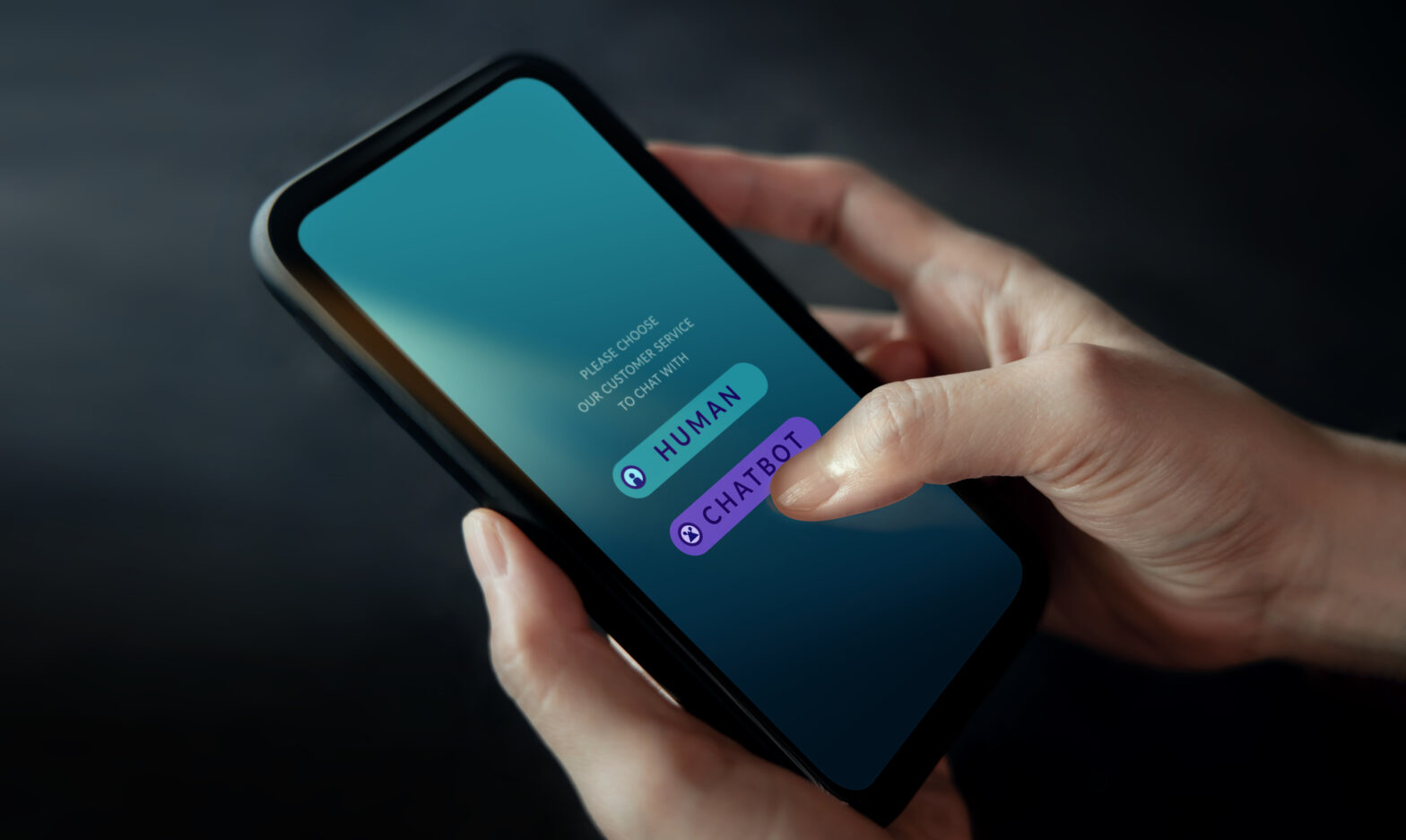As anyone who frequents any website online will already know, chatbots are already being used by a host of brands to assist a customer with any queries they might have.
And chatbots have a lot going for them. They’re multilingual, can work around the clock 24/7 and can serve an infinite number of customers at once across multiple platforms. They’re also very good at automating routine tasks, such as booking in appointments and reservations.
If a customer has a query and it’s a frequently asked question (FAQ), the the bot will direct the browser to the answer already stated on the website, freeing time for customer service staff. The improved response time and efficiency can in turn also help improve customer satisfaction.
Even the government is getting in on the act, with Rishi Sunak planning on launching an AI chatbot to help the public pay taxes and access pensions on the Gov.uk website, using tech from ChatGPT’s OpenAI.
But it’s not all good news, of course. Before businesses rush to implement chatbots on their website, the National Cyber Security Centre (NCSC) is warning of an increased security risk to business operations. Early studies suggest chatbots are more prone to performing harmful tasks by hackers, such as making unauthorised transactions.
“Whilst it’s been beneficial for individuals and businesses – from the implementation of customer service chatbots to content creation – it also poses dangers, such as producing biased or false information,” Dr Marc Warner, CEO of AI consultancy firm Faculty, warns.
Warner says AI chatbots should be overseen by humans and should supplement human activity, not replace it, in order to limit its susceptibility to misinformation and abuse.
How AI is transforming chatbots
Software companies such as Amazon, OpenAI, Microsoft and Google may be launching AI chatbot platforms now, but live chat platforms such as Zendesk have been around since 2007.
However, whereas live chat platforms have previously gone so far as to greet an enquirer before relying on a customer service professional to deal with the task, now AI chatbots are able to see through a whole query in a human-like manner – and do this with multiple customers at the same time. They can also learn from their experiences, getting better at their replies and flagging customer pain points if an issue is being raised repeatedly.
Top chatbots for business
A (very) multilingual chatbot (Ada supports over 50 languages in all), Ada can provide customer support on channels such as Facebook and WhatsApp. You can build the bot, which is built on large language models (LLM) without any prior coding knowledge.
A UK-based AI company that offers ‘self-serve chatbots, intelligent escalation and advanced co-piloted live chat’ which supports 145+ languages. Its main clients include a number of police forces, charities, housing associations and councils, but it has also worked with retail clients on customer support chatbots for companies such as Superdrug and Denby Pottery.
As well as recommending additional topics to its knowledge base so it can improve future interactions, Watson from IBM alerts a business to where it needs more training on topics of its existing knowledge base.
Built on Chat GPT, Fin uses a business’s knowledge base to answer customer queries. When it doesn’t understand a request, it will ask questions back to the customer. If it’s still struggling, it will alert a member of staff to help. All its interactions are stored and can be viewed by a human at any time.
Salesforce Einstein can help with marketing, sales and customer service. In terms of the latter, the chatbot can help by surfacing relevant information during customer support interactions and automating summaries of resolutions.
Lyro from Tidio is a customer-facing chatbot that can get to work conversing with customers straight away. It can answer FAQs competently in a human-like way, and if it can’t answer a query, it will direct to a customer service member of staff and flag this to your business as something to add to its knowledge base.
WP-Chatbot allows businesses to have a live chat added to their WordPress website. As it’s a widget, it’s very easy to install and is compatible with all versions of WordPress and hundreds of its themes, plugins and e-commerce platforms. It provides constant support, even if there are no customer service staff available.
Zendesk has been in the live chat game since 2007 and Answer Bot is the latest of its AI offerings. With Zendesk’s advanced AI add-on, its bots will give suggestions, insights and uses deep learning to understand customer intent. For anything it has trouble with, it will direct to a live agent.
More on chatbots
How UK consumers feel about AI and chatbots in customer service – The UK is lagging behind other countries in making it easy for customers to interact with large organisations, says research from Avaya
Chatbots in the future of customer service – For human agents, working in tandem with generative AI chatbots empowers them with the right tools they need to deliver exceptional customer service, says Jordi Ferrer, vice-president and general manager at ServiceNow.




